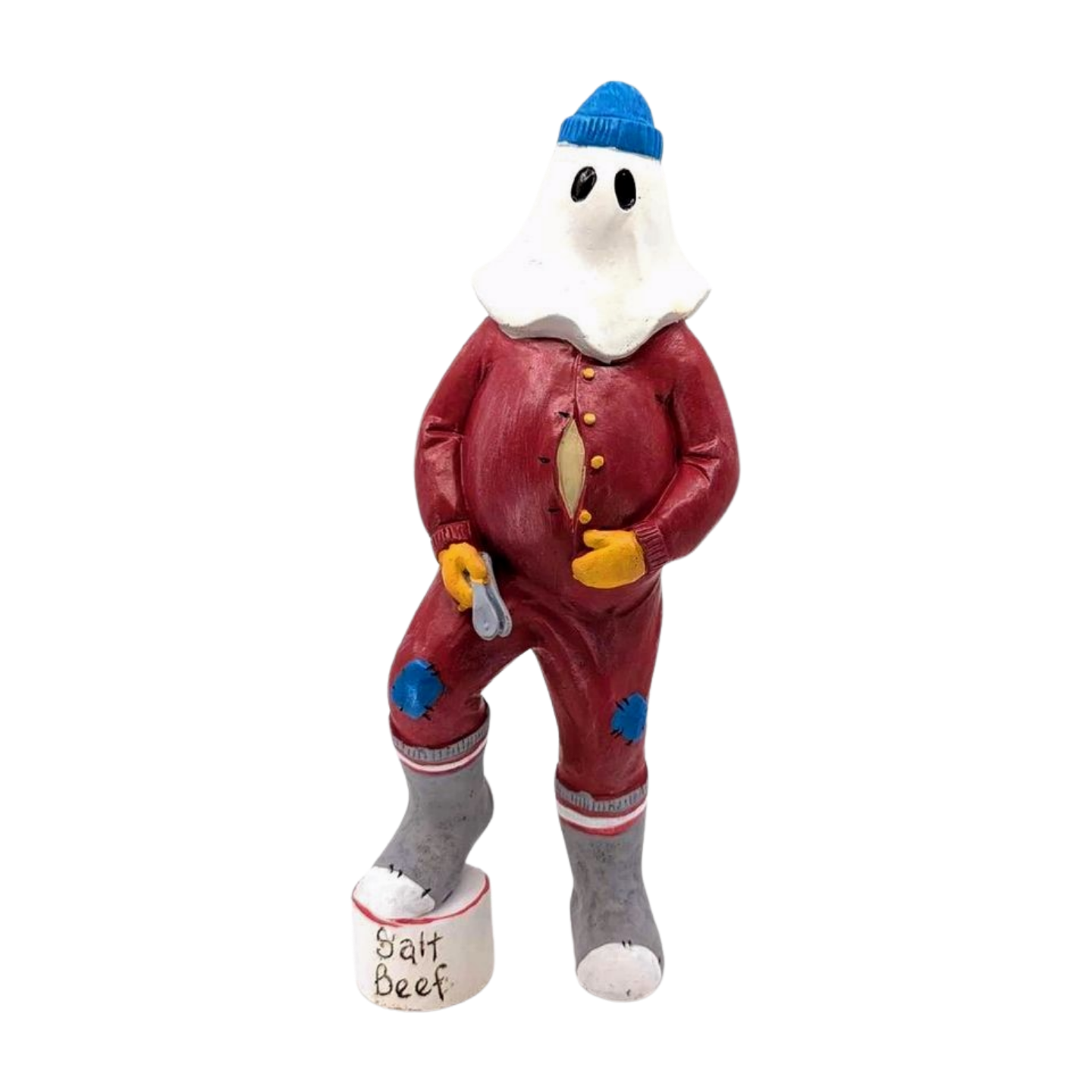By Tom Rissesco, ATC
I found Air Traffic Control (ATC) to be a very interesting and exciting job. It also had its moments of stress! A few years ago, I was remembering three exceedingly stressful emergencies I had in the Gander Tower back in the day, including the greatest human interest emergency I had ever experienced on the job.
We learned early in the afternoon shift on this October day in 1955 that an aircraft had filed Visual Flight Rules (VFR) from Seven Islands, Quebec, to Gander, NL. The aircraft was an older Anson two-engine former bomber.
The weather in Gander was dull and somewhat foggy, and we feared for the safety of this aircraft. Our concern was quickly raised to a much higher level when, less than 90 minutes after the plane took off from Seven Islands, a great deal of Newfoundland was almost totally fogged in. When it reached Stephenville, NL, conditions were so bad the aircraft could not land. We wondered why they didn’t turn around and head back to Seven Islands. The answer was that the pilot had already completed about 650 nautical miles, and the distance to Gander was only 180-200 nautical miles farther.
There was no mention of any passengers, nor a reason given for the flight. We thought maybe the pilot had some people with him. If so, it was certainly more practical to continue eastward. The pilot found conditions the same or worse at Buchans’ landing strip.
The situation was no better when Gander Centre passed control over to us at Gander Tower. The fog was very thick and the plane in question had very little equipment. All the pilot really had was an old VHF radio with two-way communication – and he was lucky to have had that. In the tower at the time of the emergency, there were three controllers. John Scammell was the shift supervisor, I was on the mic, and the newest controller was Clifford Powell.
After one totally unsuccessful pass, we suggested “Blue Jay” – a new ground control approach, not owned by Canada at the time, but owned by Pan American Airline and operated by a former American serviceman – and there was normally a cost. John Scammell told Blue Jay he was asking for a special emergency-situation exemption. It was our last chance! Meanwhile, Clifford Powell went out onto the nearby connected hangar roof and shot off a number of green flares to help the pilot pinpoint our location.
With the help of Blue Jay ground control approach, the grace of God, and Brian O’Rourke’s sharp eyes, we got the plane down safely. Brian was an AT controller who had previously worked in Gander and was now working at Seven Islands and was on the approaching plane.
What tension! Then, what a relief! Ten minutes before, conditions looked hopeless and we imagined tragedy. But the Anson two-engine aircraft landed safely and continued taxiing to the foot of Gander Tower – and then ran completely out of fuel. What a close call!
The first two off the airplane were Brian O’Rourke, who’d sat with the pilot and spotted a landmark during a break in the fog, and Red Gavin, a Seven Island weather observer originally from Parrsboro, NS, who’d come to pay me a surprise visit. Then a lady, Isabelle Blackmore, with a baby in her arms, came down the steps. The one-year-old was Kevin Blackmore, who later became the frontman of the famous Newfoundland folk music and comedy group, Buddy Wasisname and the Other Fellers.
Four years ago, Kevin and his sister, Monica, came to our home in Dartmouth, NS, to thank me and the others in the tower for saving the lives of the occupants of the Anson aircraft. He also invited me and my wife and to the Rebecca Cohn Auditorium in Halifax to watch his show!













